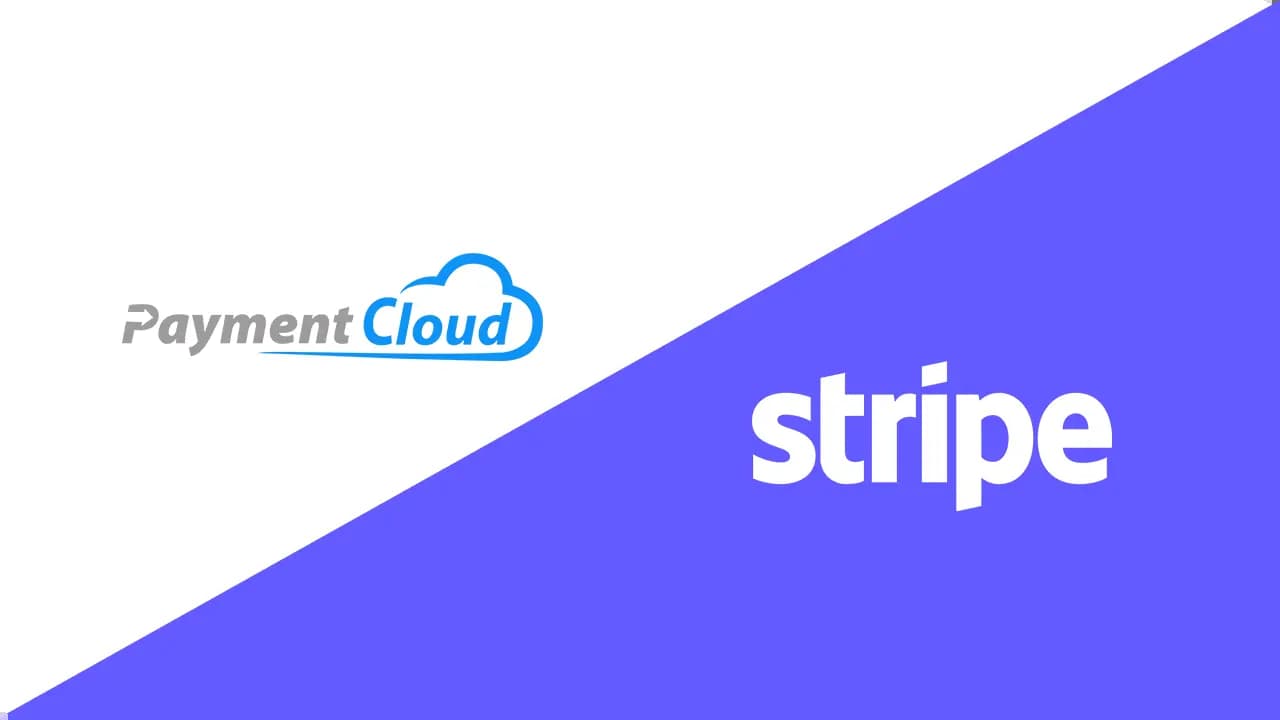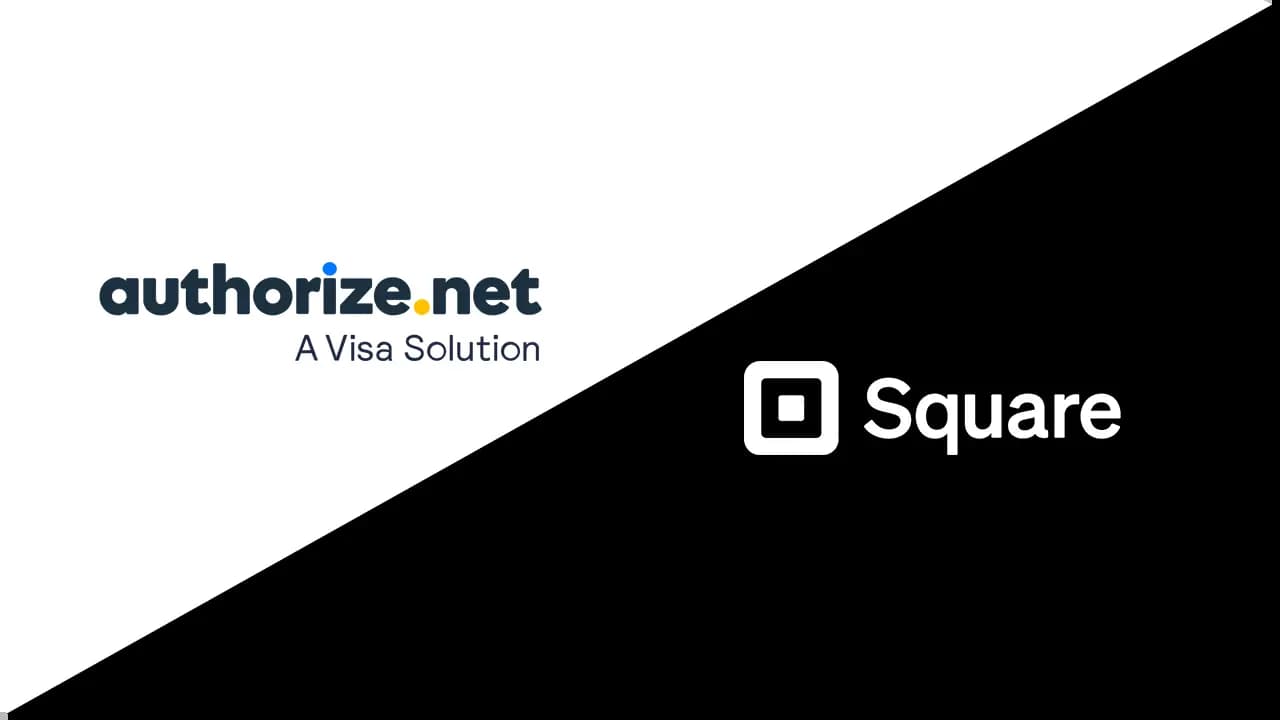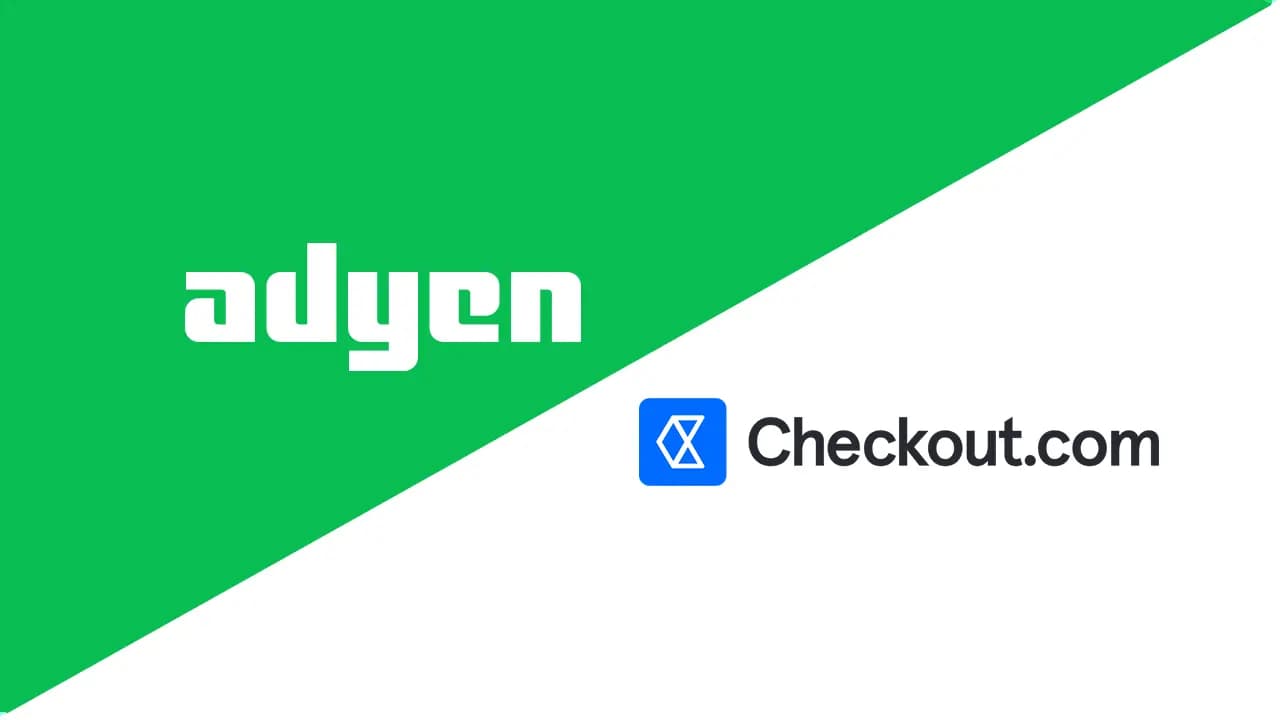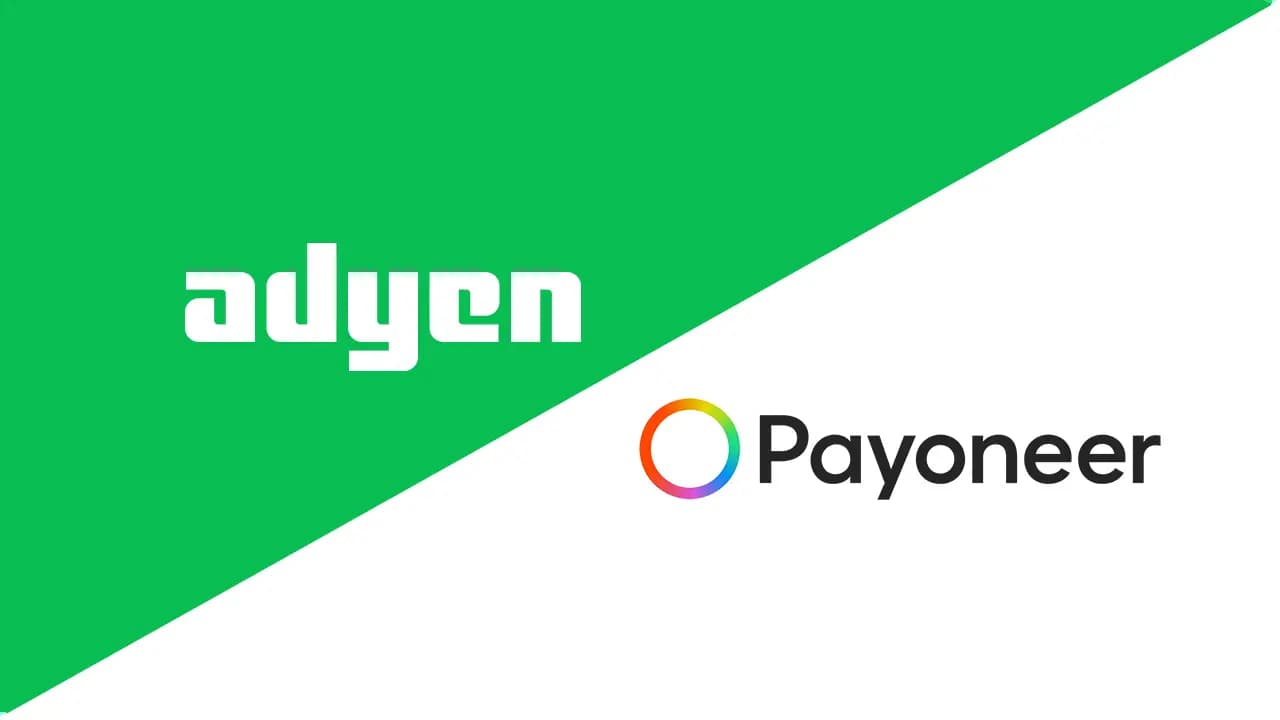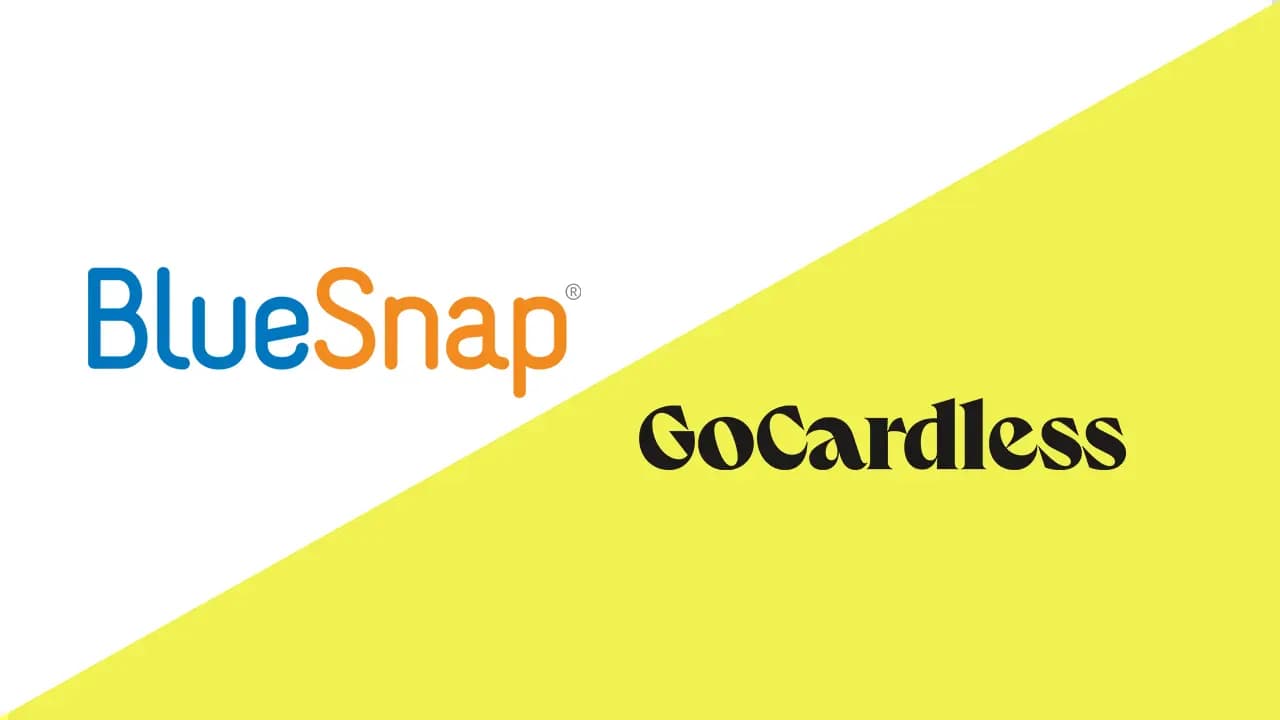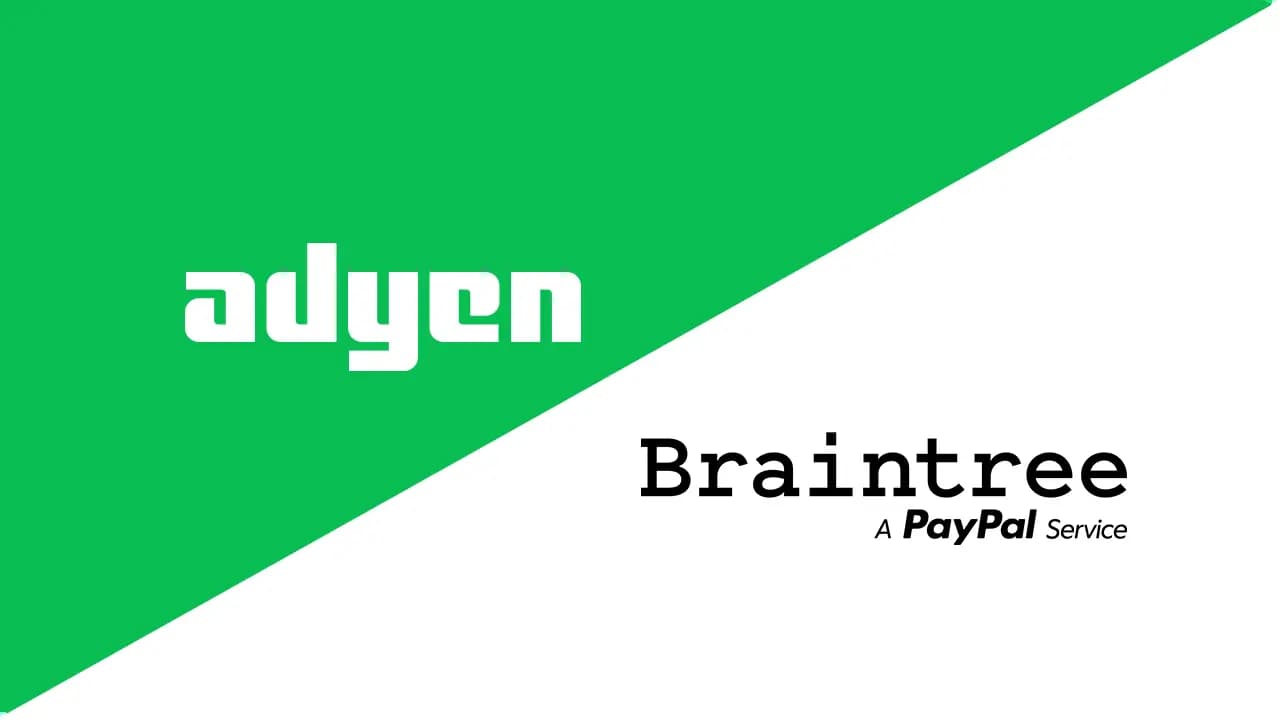
Adyen for Platforms vs. GoCardless: A Comprehensive Comparison
Choosing the Right Payment Processing Strategy for Your Business
When selecting a payment processing solution, the choice between Adyen for Platforms and GoCardless represents a fundamental decision about your business model and payment collection approach. Adyen for Platforms provides embedded payment infrastructure for platforms, marketplaces, and SaaS businesses to process payments on behalf of their users, while GoCardless specializes in bank-to-bank recurring payment collection through Direct Debit and ACH. This decision shapes not just your payment processing costs, but your entire operational infrastructure and revenue model. Adyen dominates the enterprise payments space, processing over €1.2 trillion in volume during 2024 with comprehensive multi-channel payment capabilities, while GoCardless serves over 94,000 organizations globally with specialized bank payment network solutions for recurring payments.
Key Takeaways
- Core Purpose: Adyen for Platforms enables platforms and marketplaces to embed payments for their users’ customers, while GoCardless helps businesses collect recurring payments directly from their own customers via bank debit
- Business Model: Adyen for Platforms is designed for platform businesses that need to facilitate payments between multiple parties, while GoCardless serves businesses collecting subscription, membership, or invoice payments
- Payment Method Focus: Adyen for Platforms supports 250+ payment methods including cards, wallets, and local methods globally, while GoCardless specializes exclusively in bank-to-bank payments via Direct Debit and ACH
- Pricing Philosophy: Adyen uses transparent Interchange++ pricing with processing fees, while GoCardless offers straightforward percentage-based fees with caps for domestic transactions
- Scale and Reach: Adyen for Platforms handles enterprise-scale operations processing trillions annually, while GoCardless focuses on making bank payments accessible to businesses of all sizes with simpler implementation
Payment Solution Type Overview
Modern payment processors can be categorized into two distinct approaches based on their business models and target use cases.
Platform Payment Solutions enable platforms, marketplaces, and SaaS businesses to embed payment processing capabilities into their products. These solutions facilitate payments between the platform’s users and their customers, handling complex workflows like split payments, onboarding, verification, and payouts to multiple parties. They serve as the payment infrastructure layer for businesses whose users need to accept payments.
Bank Payment Specialists focus on providing automated, bank-to-bank payment collection for businesses that need to collect recurring payments from their own customer base. These platforms emphasize reliability, automation, and cost-effectiveness for subscription-based business models, invoice payments, and membership fees through direct bank debit schemes.
Adyen for Platforms Overview
Adyen for Platforms is an end-to-end embedded payment solution designed for peer-to-peer marketplaces, on-demand services, SaaS platforms, and any platform business model where users need to accept and process payments. As part of Adyen’s broader financial technology platform that processed €1.2 trillion in 2024, Adyen for Platforms provides comprehensive infrastructure for platforms to monetize payments as a core feature.
What Is Adyen for Platforms?
Adyen for Platforms is a comprehensive embedded payments solution that allows platforms and marketplaces to integrate payment processing directly into their products. The solution enables platform businesses to onboard users, process payments on their behalf, manage risk, split funds between multiple parties, and handle payouts—all while maintaining their brand experience. Beyond basic payment processing, Adyen for Platforms offers embedded financial products including business accounts and card issuing, creating additional revenue streams for platform businesses.
How Does Adyen for Platforms Work?
Adyen for Platforms operates as the payment infrastructure layer for platform businesses. When a platform’s users need to accept payments, Adyen handles the entire payment flow: processing transactions from end customers, splitting payments according to the platform’s instructions (such as taking commissions and covering fees), holding funds as needed, and paying out to users’ verified accounts. The platform maintains full control over timing, branding, and user experience while Adyen manages the complex regulatory, compliance, and technical requirements behind the scenes.
The platform’s approach centers on giving businesses complete flexibility to design their payment flows while leveraging Adyen’s global payment processing infrastructure, advanced fraud prevention, and comprehensive reporting capabilities.
Adyen for Platforms Features and Pricing
Adyen for Platforms Features
- Comprehensive user onboarding and verification capabilities
- Split payments with flexible fund allocation between multiple parties
- Support for 250+ payment methods globally across online, mobile, and in-person channels
- Automated payout scheduling and on-demand fund transfers
- Advanced fraud detection and risk management tools
- Real-time reporting and reconciliation across all transactions
- Embedded financial products including business accounts and card issuing
- Multi-currency support across 150+ currencies
- White-label capabilities for complete brand control
- Comprehensive API and integration options
Adyen for Platforms Pricing
- Interchange++ pricing model providing transparent cost breakdown
- Processing fee per transaction (typically around 0.60%, varies by contract)
- Payment method fees passed through at cost
- No setup fees or monthly minimums
- Custom enterprise pricing available for high-volume businesses
- Fees structured around processed volume and payment method mix
Adyen for Platforms Transaction Fees
- Processing fee starting at €0.11 plus payment method-specific fees
- Interchange fees passed through at actual cost (varies by card type and region)
- Scheme fees passed through at actual cost (set by card networks)
- Custom pricing available based on transaction volume and business requirements
- Transparent fee structure with all costs clearly itemized
Adyen for Platforms Strengths and Weaknesses
Strengths of Adyen for Platforms
- Global Scale: Proven infrastructure processing over €1.2 trillion annually with enterprise-grade reliability
- Comprehensive Solution: Single platform for onboarding, payments, payouts, and financial products
- Payment Method Breadth: Access to 250+ global payment methods through one integration
- Transparent Pricing: Interchange++ model provides clear visibility into all fee components
- Advanced Technology: Cutting-edge fraud prevention, data analytics, and payment optimization
- Embedded Finance: Ability to offer business accounts and card issuing to platform users
- Global Reach: Acquiring licenses in 45+ markets with local payment method support
Weaknesses of Adyen for Platforms
- Implementation Complexity: Requires technical expertise and development resources to integrate
- Enterprise Focus: Better suited for established platforms with significant transaction volumes
- Pricing Structure: Complex fee structure may be difficult for smaller businesses to evaluate
- Minimum Requirements: May have minimum processing volume requirements for certain features
- Support Model: Enterprise support model may not provide the hands-on guidance smaller businesses need
Who Benefits the Most From Adyen for Platforms?
Adyen for Platforms Is Best For
- Marketplace Platforms: Peer-to-peer marketplaces connecting buyers and sellers (e.g., e-commerce, rental, services)
- On-Demand Platforms: Service platforms facilitating transactions between service providers and customers
- SaaS Platforms: Software platforms enabling their users to accept payments from their customers
- Crowdfunding Platforms: Platforms collecting funds and distributing them to campaign creators
- Mobility and Delivery: Platforms coordinating transportation or delivery services with complex payment flows
- Global Operations: Businesses requiring payment processing across multiple countries and currencies
Ideal Use Cases For Adyen for Platforms
- E-commerce marketplaces requiring split payments between sellers, platform, and service providers
- Ride-sharing or delivery platforms needing instant payouts to drivers/couriers
- SaaS platforms monetizing payment processing as a core product feature
- Multi-vendor online stores requiring sophisticated payment routing and reconciliation
- Service marketplaces managing payments between clients and freelancers or contractors
- Platforms requiring embedded financial products like business accounts or payment cards for users
GoCardless Overview
GoCardless is a global bank payment company specializing in Direct Debit, ACH, and open banking-powered recurring payments. Founded in 2011, GoCardless helps businesses automate payment collection directly from customers’ bank accounts, making it particularly effective for subscription-based businesses, membership organizations, and invoice-based services.
What Is GoCardless?
GoCardless is a bank payment network that enables businesses to collect recurring and one-off payments directly from customers’ bank accounts via Direct Debit and ACH. Rather than relying on card networks, GoCardless utilizes bank-to-bank payment infrastructure to provide a more reliable, cost-effective method for collecting payments. The platform manages all the administrative, regulatory, and technical complexities of Direct Debit schemes across 30+ countries, allowing businesses to focus on growth rather than payment operations.
How Does GoCardless Work?
GoCardless operates by facilitating pull-based payments where businesses initiate payment collection from customers’ bank accounts after receiving authorization. Once a customer completes a Direct Debit mandate (authorization), businesses can collect payments automatically on scheduled dates without requiring customer action for each transaction. The platform handles mandate creation, advance notice requirements, bank submissions, and failure management automatically.
GoCardless emphasizes eliminating late payments through automation while reducing transaction costs compared to card payments. The platform provides an intuitive dashboard for payment management, extensive API capabilities for integration, and partnerships with major accounting software platforms.
GoCardless Features and Pricing
GoCardless Features
- Automated recurring payment collection via Direct Debit and ACH
- Instant Bank Pay for real-time payment confirmation
- Smart retry logic with Success+ recovering up to 70% of failed payments
- Comprehensive dashboard for payment and mandate management
- Integration with 350+ platforms including Xero, QuickBooks, and Sage
- Multi-currency support across 30+ countries
- Automated customer communications and advance notices
- Bank account verification at checkout
- Detailed reporting and reconciliation tools
- Custom payment page capabilities for white-label experience
GoCardless Pricing
- Standard plan: 1% + £0.20 per domestic transaction, capped at £4
- Plus plan: 0.75% + £0.20 per domestic transaction, capped at £1.25
- Pro plan: 0.4% + £0.20 per domestic transaction, capped at £1.50
- International payments: 2% + £0.20 per transaction (no cap)
- Additional 0.3% fee for payments above £2,000 (domestic only)
- Add-on features available (Success+, custom branding, etc.)
- 25% discount for registered charities and nonprofits
GoCardless Transaction Fees
- UK domestic: 1% + £0.20, maximum £4 per transaction
- US ACH: Similar structure with regional variations
- SEPA: 1% + €0.20, maximum €4 per transaction
- International: 2% + £0.20 with no cap
- High-value surcharge: 0.3% on amounts above £2,000 (domestic)
- Chargeback fees: £3 (only applies after 15+ per month)
- No setup fees, no monthly minimums, no cancellation fees
GoCardless Strengths and Weaknesses
Strengths of GoCardless
- Cost-Effectiveness: 56% lower transaction costs compared to card payments for recurring transactions
- Payment Success: 97.3% first-time collection success rate, with intelligent retry recovering up to 70% of failures
- Automation: Eliminates manual payment chasing and reduces administrative burden significantly
- Ease of Implementation: Simple setup process with extensive integration partners
- Transparent Pricing: Clear, predictable fees with caps preventing surprise costs
- Global Reach: Processed £39.6 billion in FY24 across 30+ countries
- Reliable Infrastructure: Manages all compliance and regulatory requirements automatically
Weaknesses of GoCardless
- Bank Payments Only: No support for card payments or alternative payment methods
- Processing Times: Direct Debit takes 3-6 working days for full confirmation vs instant card payments
- Payment Method Adoption: Some customers unfamiliar with or resistant to Direct Debit/ACH
- Geographic Limitations: Not available in all countries compared to global card networks
- Single Payment Type: Specialized in recurring/subscription payments, less ideal for one-off purchases
- Initial Collection Delay: First payment on new mandate typically takes 4-6 working days
Who Benefits the Most From GoCardless?
GoCardless Is Best For
- Subscription Businesses: SaaS companies, membership organizations, and recurring revenue models
- Invoice-Based Businesses: Professional services, B2B companies, and utility providers collecting regular invoices
- Recurring Services: Gyms, clubs, educational institutions, and ongoing service providers
- High-Volume Low-Value Transactions: Businesses processing many smaller recurring payments
- Cost-Conscious Businesses: Organizations seeking to reduce payment processing costs significantly
- Businesses Seeking Automation: Companies wanting to eliminate payment chasing and manual processes
Ideal Use Cases For GoCardless
- SaaS companies collecting monthly or annual subscription payments
- Membership organizations collecting dues from thousands of members
- Utility and telecom companies collecting regular bills from customers
- Educational institutions collecting tuition and fee payments
- Property management companies collecting rent from tenants
- Charities and nonprofits collecting regular donations
- B2B service providers collecting recurring invoices automatically
Financial & Market Insights
Market Position: Adyen processed €1.285 trillion in volume during 2024, representing a 33% year-over-year increase, with net revenue reaching €1.996 billion and an impressive 50% EBITDA margin. The company serves enterprises globally with point-of-sale volumes growing 46% to €232.7 billion. As a publicly traded company, Adyen maintains a market capitalization exceeding €60 billion as of 2024.
GoCardless processed £39.6 billion (approximately $50.3 billion) in FY24, serving over 94,000 organizations globally. The company generated £126.8 million in revenue in FY24, representing a 38% year-over-year increase, while reducing net losses by 55% to £35.1 million as it targets profitability in 2026. GoCardless’s last private valuation reached $2.1 billion in February 2022.
Growth Trajectories: Adyen continues expanding with strong growth in all regions, particularly EMEA (27% growth) and North America (21% growth) in H2 2024. The Platforms pillar remains Adyen’s fastest-growing segment, reflecting increasing demand for embedded payment solutions. The company is investing in new markets including India and Mexico, where it secured acquiring licenses in 2024.
GoCardless’s international revenues grew 47% to £30.8 million in FY24, with particular strength in Europe and North America. The company completed its acquisition of Nuapay in September 2024, significantly expanding capabilities for both collecting and sending payments. GoCardless aims to become a full-service bank payment provider, evolving beyond pure collection capabilities.
Investment and Innovation: Adyen operates debt-free with strong cash generation, achieving an 87% free cash flow conversion ratio in 2024 while maintaining capital expenditure at 5% of net revenue. The company continues investing in AI-powered payment optimization, fraud prevention, and expanding its embedded financial products portfolio including business accounts and card issuing.
GoCardless is backed by investors including Alphabet’s GV, Accel, and BlackRock, having raised substantial funding over its history. The company recorded its first profitable month in March 2024 and is on track for full-year profitability within 12-18 months. Investment focus includes expanding open banking capabilities, including Variable Recurring Payments (VRPs) and Instant Bank Pay for real-time confirmation.
Feature Comparison
| Feature | Adyen for Platforms | GoCardless |
|---|---|---|
| Billing & Invoicing | ✅ | ✅ |
| Currency Support | ✅ | ✅ |
| Customizable Branding/White Label | ✅ | ✅ |
| Deployment Options | ✅ | ✅ |
| Fraud Prevention Tools | ✅ | ⚠️ Basic tools |
| Integration Capabilities | ✅ | ✅ |
| Management Tools | ✅ | ✅ |
| Payment Types Support | ✅ | ⚠️ Recurring only |
| Reconciliation Tools | ✅ | ✅ |
| Reporting & Data Analysis | ✅ | ✅ |
| Security/Compliance | ✅ | ✅ |
| Smart Routing | ✅ | ❌ Not applicable |
| Split Payments | ✅ | ❌ Not supported |
| Supported Payment Methods | ✅ | ⚠️ Bank only |
| Tokenization | ✅ | ✅ |
| Vaulting | ✅ | ✅ |
Final Summary & Recommendation
Key Reasons to Choose Adyen for Platforms
- You operate a platform, marketplace, or SaaS business that needs to facilitate payments for your users
- You require split payment functionality to distribute funds between multiple parties automatically
- You need comprehensive global payment method coverage including cards, wallets, and local methods
- Your business operates internationally and requires multi-currency processing and local acquiring
- You want to offer embedded financial products (business accounts, card issuing) to your platform users
- You process or anticipate processing significant transaction volumes with enterprise-level requirements
- You need advanced fraud prevention, data analytics, and payment optimization capabilities
Key Reasons to Choose GoCardless
- You need to collect recurring payments directly from your own customers (subscriptions, memberships, invoices)
- You want to significantly reduce payment processing costs compared to card transactions
- Your business model relies on automated, reliable recurring revenue collection
- You want to eliminate late payments and reduce time spent chasing payments
- You need simple, predictable pricing with transaction caps for cost control
- Your customers are in markets where Direct Debit/ACH is widely accepted and understood
- You want straightforward implementation with minimal technical complexity
The Bottom Line: The choice between Adyen for Platforms and GoCardless is fundamentally determined by your business model and payment collection needs. These are not competing solutions but rather complementary products serving entirely different use cases.
Choose Adyen for Platforms if you’re building a platform, marketplace, or SaaS business where your users need to accept payments from their customers. Adyen provides the comprehensive embedded payment infrastructure to facilitate, split, and manage these multi-party transactions at scale.
Choose GoCardless if you’re a business that needs to collect recurring payments directly from your own customer base through bank debit. GoCardless specializes in making automated Direct Debit and ACH collection simple, reliable, and cost-effective for subscription-based business models.
In some cases, businesses may benefit from both solutions: for example, a SaaS platform might use Adyen for Platforms to enable payment processing for its users while simultaneously using GoCardless to collect its own subscription fees from those users. The key is understanding whether you’re facilitating payments for others (Adyen for Platforms) or collecting payments for your own business (GoCardless).
Important Note: This comparison focuses on Adyen’s platform/marketplace solution specifically. Adyen offers various other products for different business types. Similarly, while GoCardless excels at bank payment collection, it does not support card payments or serve as a complete payment platform for businesses that need diverse payment method acceptance.
This comparison is based on publicly available information as of October 2025. Pricing and features may vary based on specific business requirements and negotiations with each provider.
